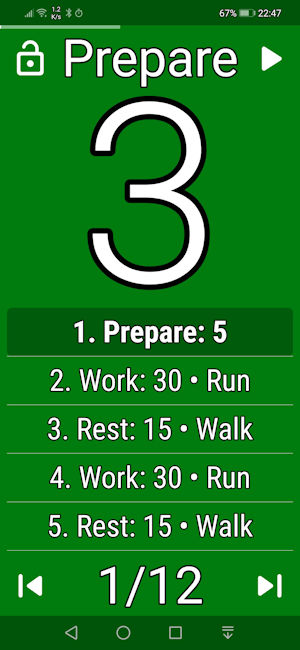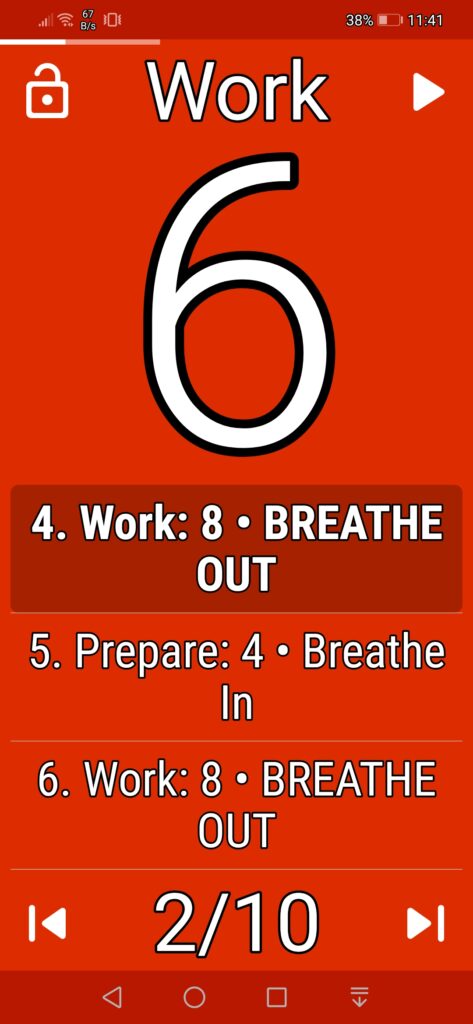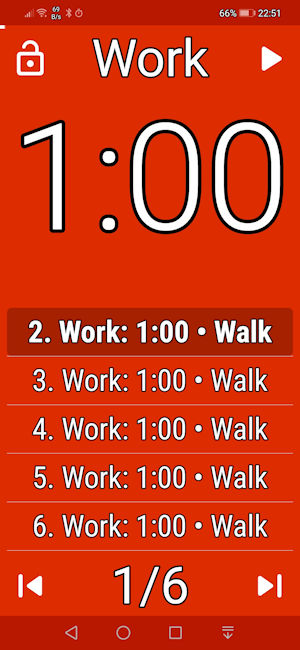This is your Life; Your Choice
In a long life many things can happen, but seldom is it the case that events, or plain bad luck make a substantial difference to how one’s life turns out. In Open Future Health, we argue that too many people lose 10 or 15 years of healthy life because they make poor lifestyle choices.
Good health is created in your home, at work and in community activity. Good health is the result hundreds of small daily decisions, and for yourself, almost all of those decisions are ones that you yourself make. So be responsible for your own health. Improve your decision making.
What do you need for a good life? Work to do, something hard or challenging, self-chosen, productive and rewarding for preference. Someone to love, a family to be part of. A quality diet, and if your work doesn’t provide lots of physical activity then you also need to exercise. And finally, membership of clubs or social groups that keep you engaged socially with a wide range of people.
This Blog is concerned mostly with improving your diet, and with the value of exercise. Because I’m now old (82) my advice applies particularly to older people, but the advice in the video below is very good. START to exercise strenuously. It would be good if you started years ago, but if not START now.
The video below is of a fit man in his 60’s, But he lost well over 100 pounds a few years ago. He wasn’t always fit. If you want to be an athlete like him, this is the first of a series of videos, that he’s making to help you. If you are not that ambitious, stick around here, and I’ll try to help.
If riding a bike for 50 kilometers, running 10km a day, or tramping in the mountains is not your objective, but you still want to add years to your healthy life let’s get started. How much do you weigh, compared with your best weight as a young adult? That’s your target weight. You achieve your target weight by shopping with care, by making most of your own meals at home, and by time restricted eating. We won’t discuss that here, see the main website.
Today we’re going to suggest the beginnings of a fitness program that you choose to do for yourself. We will start with walking, but as time goes on you can begin a body weight training program at home, or you might attend a gym. If body weight has been a problem, AFTER you have got within 10kgs of your ideal weight you might like to give running a go. That might seem impossible now, only time will tell. The important thing is to START a program.
Learn to Measure Effort
The bathroom scales are an unreliable guide to your progress. Don’t worry if your weight bounces about 1kg up or down, it’s not a reliable measure.
What can you DO? And how do you measure improvement?
Install an App called Tabata Timer, the version by Eugene Sharafan, on your phone. For a start we are going to set it to 30 seconds work, and 6 seconds rest. Repeat, repeat, repeat and repeat.

This is how a simple timer will look. This one I used to begin jogging. Jog for 30 seconds, then walk, and on the next signal start jogging again. Now I use exactly the same timer in a different way. Sprint for 30 seconds, rest or walk to the next line, sprint again, repeat.
You might like to use it to walk fast for 30 seconds, and walk casually for 30 seconds. If that’s easy, reduce the casual walk time, or increase the fast walk time.
After my heart attack I used it like this, jog 30 seconds, walk for 2 minutes, repeat, repeat, repeat. Quite soon I could do that, in a measured safe way, for 2km.
You can use the timer set to 30 seconds work, and 6 seconds rest for simple stretches or for weight bearing exercise. Thinking about pulling on a rope, pushing against a wall, stretching your hamstring, or calf muscle, doing a squat, hanging from a bar, maintaining a plank. 30 seconds is not a bad starting point, and the six seconds is enough time to switch between activities.

This timer had a quite different purpose. It was for long stretches, of big muscles like a hip flexor stretch. It’s a 2-minute stretch, with controlled breathing.
Prepare is breathing in, and Work is breathing out. Focus on control, and as you breathe out try to intensify the stretch.

One of the basic tests of walking fitness is the 6 minute walk test. Six minutes is a good mix of walking speed and stamina and is used in hospital settings. Your score is how many meters you can walk in six minutes.
There is a standard. 600 metres in six minutes.
You can see that Tababta is set for 1 minute, repeated.
I have a marked footpath close to my house, and it measures 800 metres marked every 50 metres. I’ll explain how to do that in the next blog post. As you walk you can tell if you are ahead or behind the clock.
In the beginning you might start with the 30 second fast walk as suggested above. Then if you mark out 50 Metres, can you walk the 50 metres in 30 seconds? The first goal achieved, speed. Now, how long can you maintain that for? Using Tabata you can increase the speed walk time and adjust the casual walk time to suit your current fitness.
Tabata is a simple tool can be used in many ways. The method follows that training principles of the famous New Zealand Coach Arthur Lydiard. The secret of training was to do LOTS of easy slow exercise in the beginning, and slowly build the ability to exercise for longer, and to get faster, or move more weight. This is a good time to start a simple health diary, because you won’t remember the details of your progress. You need to keep a written record.
My objective here is to help people who are not fit and have never or have seldom exercised, to walk 5km, and to participate in a parkrun in a town close to where you live. That’s the discussion in the next post.
